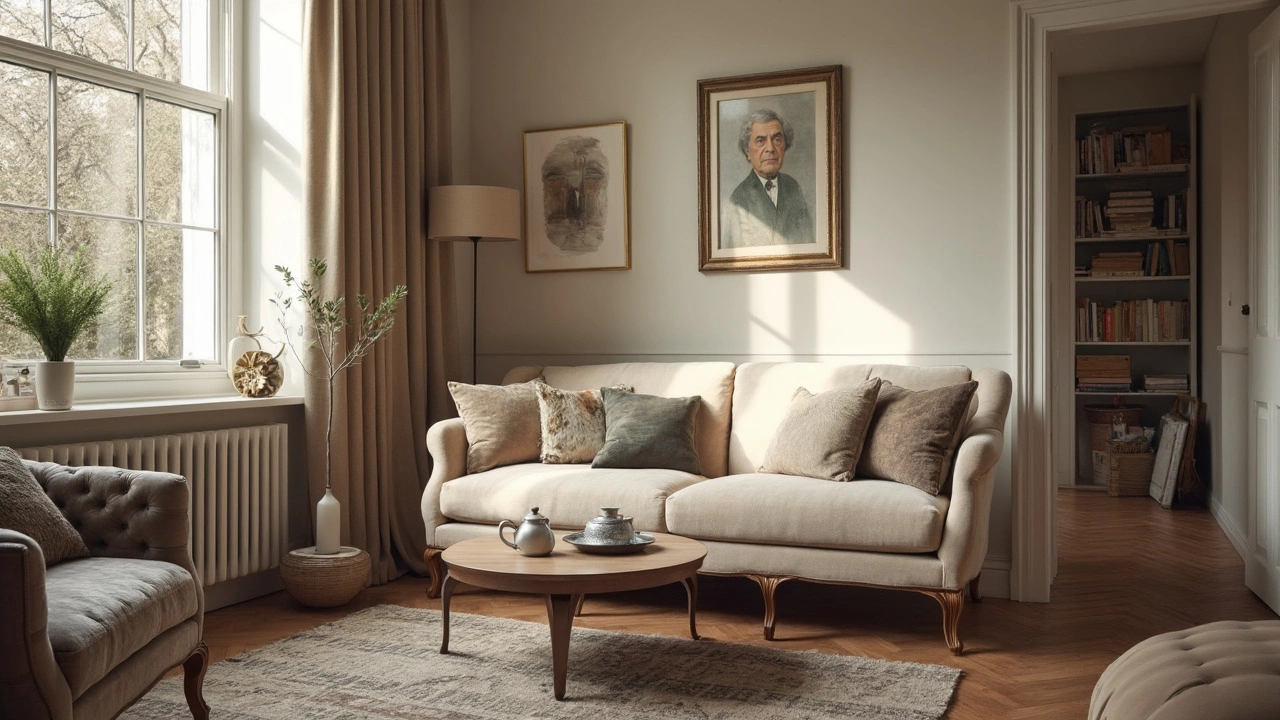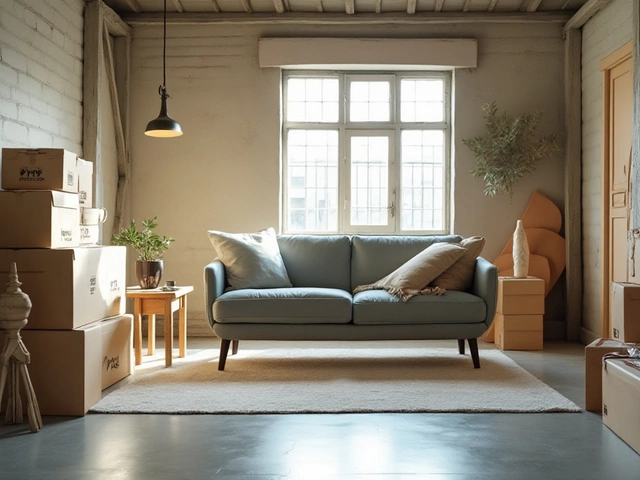
Best Sofa Types for Every Home: A Guide to Choosing the Perfect Couch
What’s the best sofa type for your home? Dive deep into features, comfort, fabric, and style—plus real tips for making the smartest, comfiest choice.

Choosing a Sofa That Lasts: Expert Tips for Durability and Style
Find out how to choose a sofa that really lasts. Learn about strong frames, durable fabrics, must-avoid shortcuts, and tips to pick your forever couch.

Sofa vs Couch: Key Differences, History, and Buying Tips
Explore the real difference between a sofa and a couch, their history, styles, uses, and tips to choose the right one for your space.

Expensive Sofas: Are They Really Worth the Money?
Are expensive sofas actually worth what you pay? This article dives into what makes a sofa expensive, how quality compares to cheaper options, and hidden costs everyone overlooks. You’ll find honest pros and cons, science-backed facts about materials and comfort, and straightforward advice on spending smart. Whether you’re shopping for your first big sofa or just curious if a splurge makes sense, get real tips to decide for yourself. Don’t waste money—read before you buy.

Average Price of a Good Quality Sofa: What You Need to Know
In today's market, the price of a good quality sofa can vary, influenced by factors like materials and design. Understanding what determines these costs helps in making informed decisions. Tips on what to look for and how to budget are crucial. This article delves into pricing, useful buying tips, and current trends for 2025.




